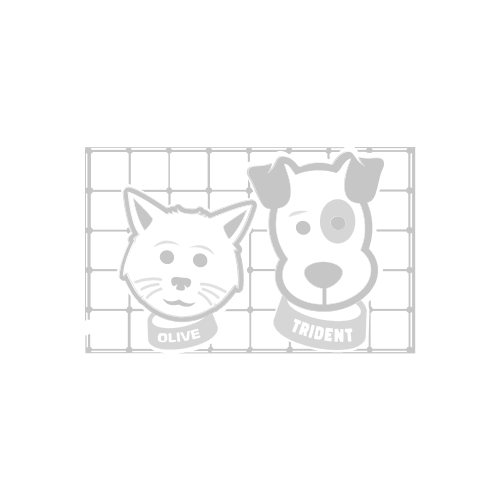Bees, Stings, and Pets
While we see bees as a threat, bees are just trying to do their part in this world - and what a part they have! Bees are responsible for pollinating 80 percent of the world's foods - that means that 1 out of every 4 bites of food taken is due to bee pollination. Bees and pets can live together in harmony unless...
1. Dogs have an allergy to bee stings. Most pets will just get a bump on the nose; but if pets have allergies, it isn't worth keeping them outside for long around bee colonies.
2. If dogs are rambunctious and may knock over bee hives. If pets are curious enough, they may try to pounce on the bee hive. This may increase the odds of being stung by honey bees.
What if your dog gets stung by a bee?
In most cases, there will be mild swelling and tenderness where the dog or cat was stung, usually on the face or paws, says Dr. Richieri, adding, “if it is swollen and a little puffy, it is a localized reaction to the sting.” To stop the venom from spreading, try to remove the stinger as quickly as possible
For homeowners with bee gardens, or a yard full of pollinating flowers, it's best to keep pets away from bees to allow for peaceful harmony. This means fencing in dogs. While bees will be able to get through the fence mesh, dogs will be kept away from beehives. Most of the time, dogs and bees will not interact and get angry with one another.
This Pollinator Month, consider dog fencing for bee and animal protection. Got more tips for bee pollination? Follow the conversation on @EasyPetFence.com Facebook using hashtag #savethebees.

